The grip of winter may still hold strong, but its grasp is gradually relinquishing as the hours of daylight increase and the temperature gradually rises.
It is a slow process – two steps forward when benign weather materialises and one step back when another cold snap descends.
But the path of direction is unstoppable – spring is on its way.
Change in the air
Even the light is different at this time of year, brighter and more welcoming in tone.
Nature can sense the palpable change in the air and with growing anticipation stirs into action.
Down by the river, the air resonates to the gentle warble of dippers as the males proclaim their territories and seek mates.
From atop a half-submerged tree trunk by the water’s edge, or on a prominent boulder, the male cocks his tail excitedly and bobs up and down as he sings.
Dippers are early breeders and will often be on eggs by late March.
I have already heard my first great-spotted woodpecker of the year drumming on the hollow boughs of dead trees.
For me, it is the quintessential sound of spring, a far-carrying rattle executed with machine-gun rapidity as the male repeatedly beats his bill against a tree.
It is a threat and love letter wrapped as one; a warning to other males to keep away because this is his territory, but also an advertisement to females of his desire to mate.
Suitability of mate
I wonder whether the depth, tone and duration of the drumming is important to the female as she assesses the suitability of her potential mate?
I imagine so, and for the male, a good drumming tree on his territory is the equivalent to gold-dust.
Woodpeckers have shock-absorbent tissue between the base of the bill and the skull to cushion the impact of drumming.
Snowdrops are now in flower, their white nodding flowerheads bringing vibrancy to woodland floors.
William Wordsworth described the snowdrop as a ‘lone flower, hemmed in with snows’ and a ‘venturous harbinger of spring’.
The snowdrop is the herald of good times ahead, procreation and bounteous growth.
It a joyous flower of white virgin-like purity and innocence, fragile in appearance yet with a steely inner strength that can withstand the coldest of weather.
Despite the snowdrop’s ubiquity, it is thought they are not native to our shores, having been introduced from continental Europe a few hundred years ago.
Rich hazels
Hazels are now richly adorned with limey-green catkins, or lamb’s-tails as they are known, while by rivers and loch sides, alders drip heavy with their catkins.
Alder catkins are easy to miss, but look closely, and their subtle purple-hued beauty will quickly become apparent.
In the wild expanses of Africa far to the south, birds such as swallows and warblers are getting restless.
An irresistible urge is coursing through their veins to head north – a treacherous journey fraught with danger that must be undertaken to ensure the creation of the next generation.
Life and death in nature are inextricably intertwined, yet the vitality of a rapturous new dawning will ultimately prevail come the spring.
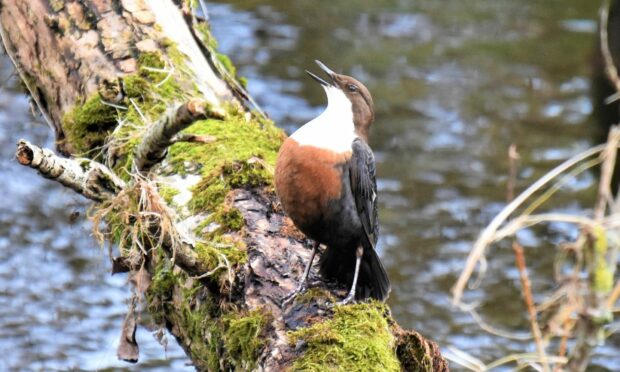
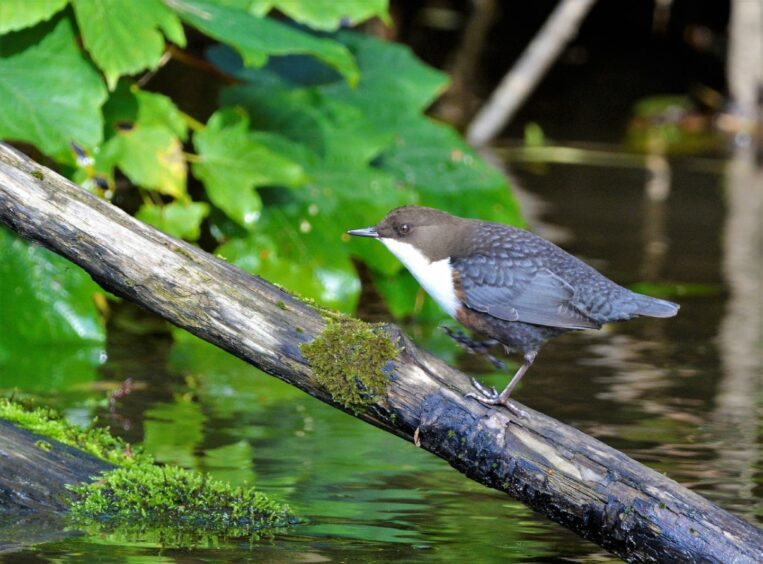
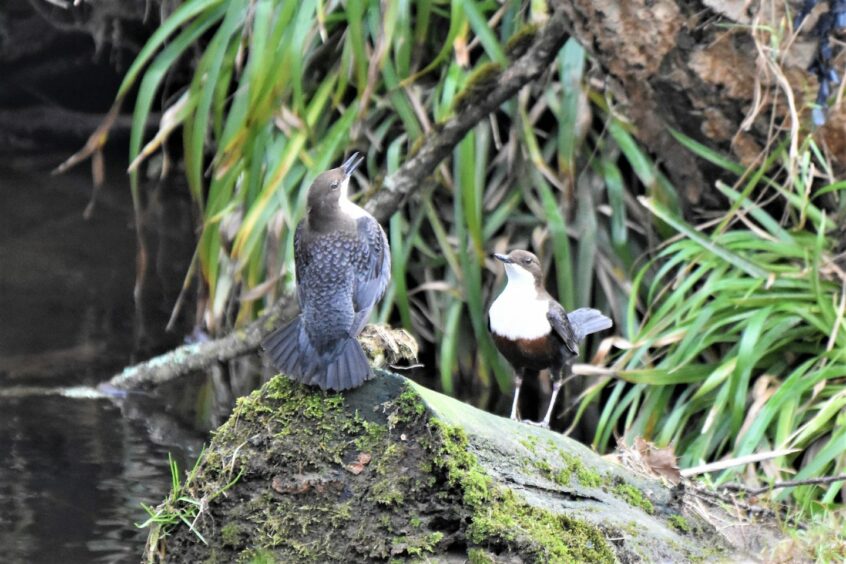
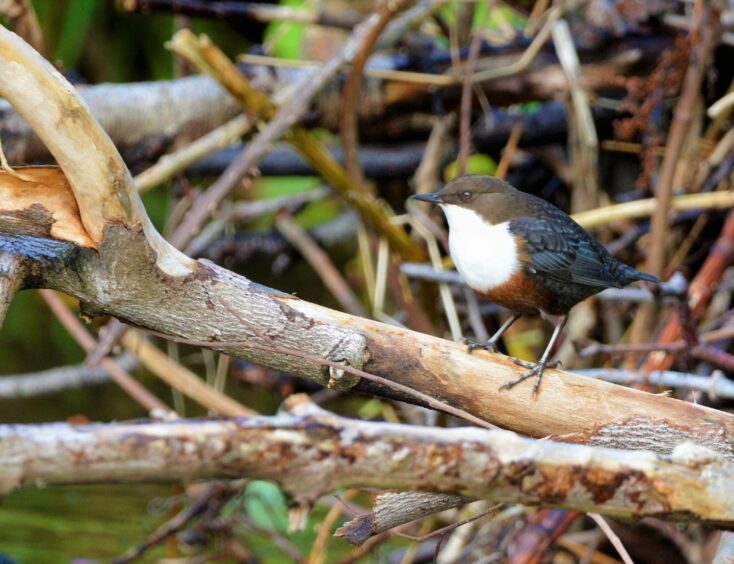
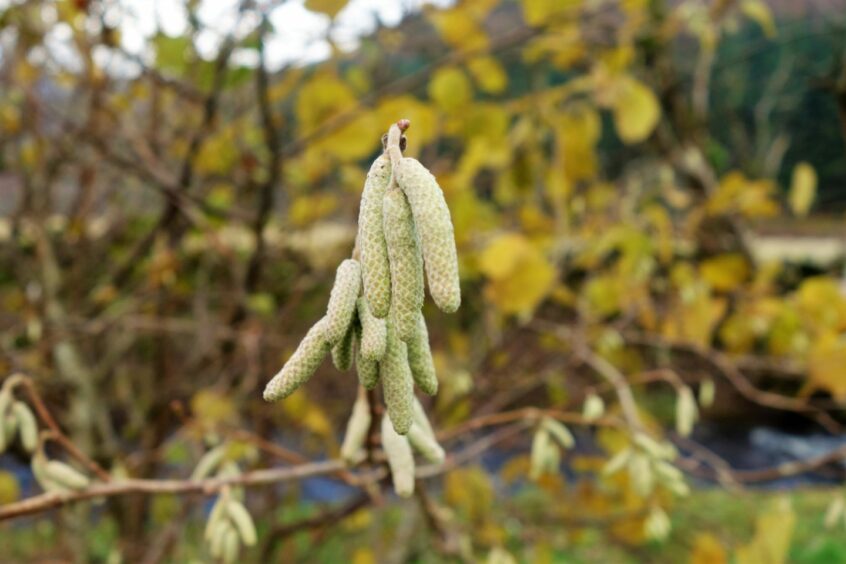
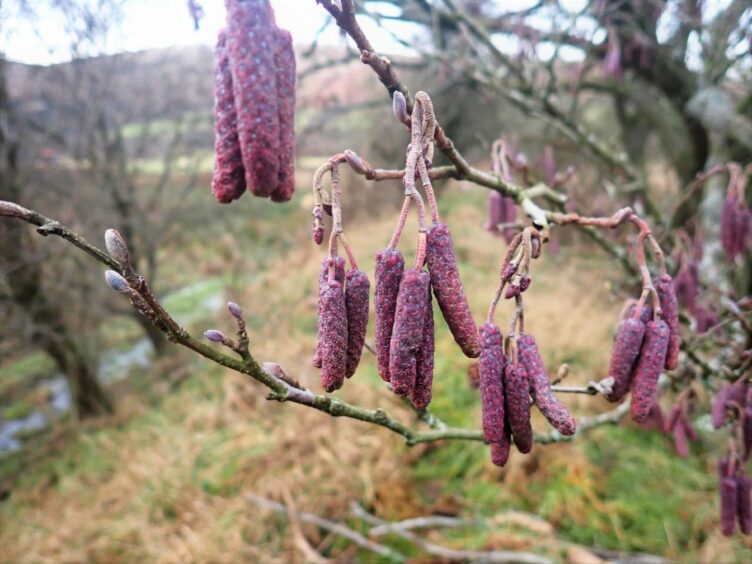










Conversation